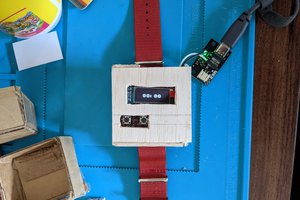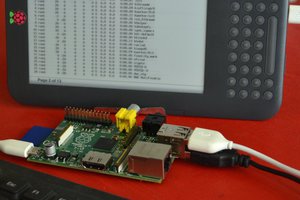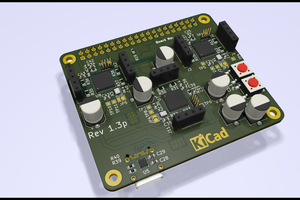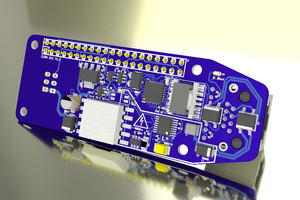Already done:
- Ordered & received panels.
- Created an aluminium frame for mounting the panels, the power supply and the receiver card.
- Mounted everything onto the frame.
- Mounted it into the wall.
- installed an Intel Atom-based board running our software.
TODO:
- Install a relay into the wall to turn off the power supplies when they're not needed to avoid wasting too much power.

 Maso
Maso
 j0z0r pwn4tr0n
j0z0r pwn4tr0n
 Tobius
Tobius
 julien
julien